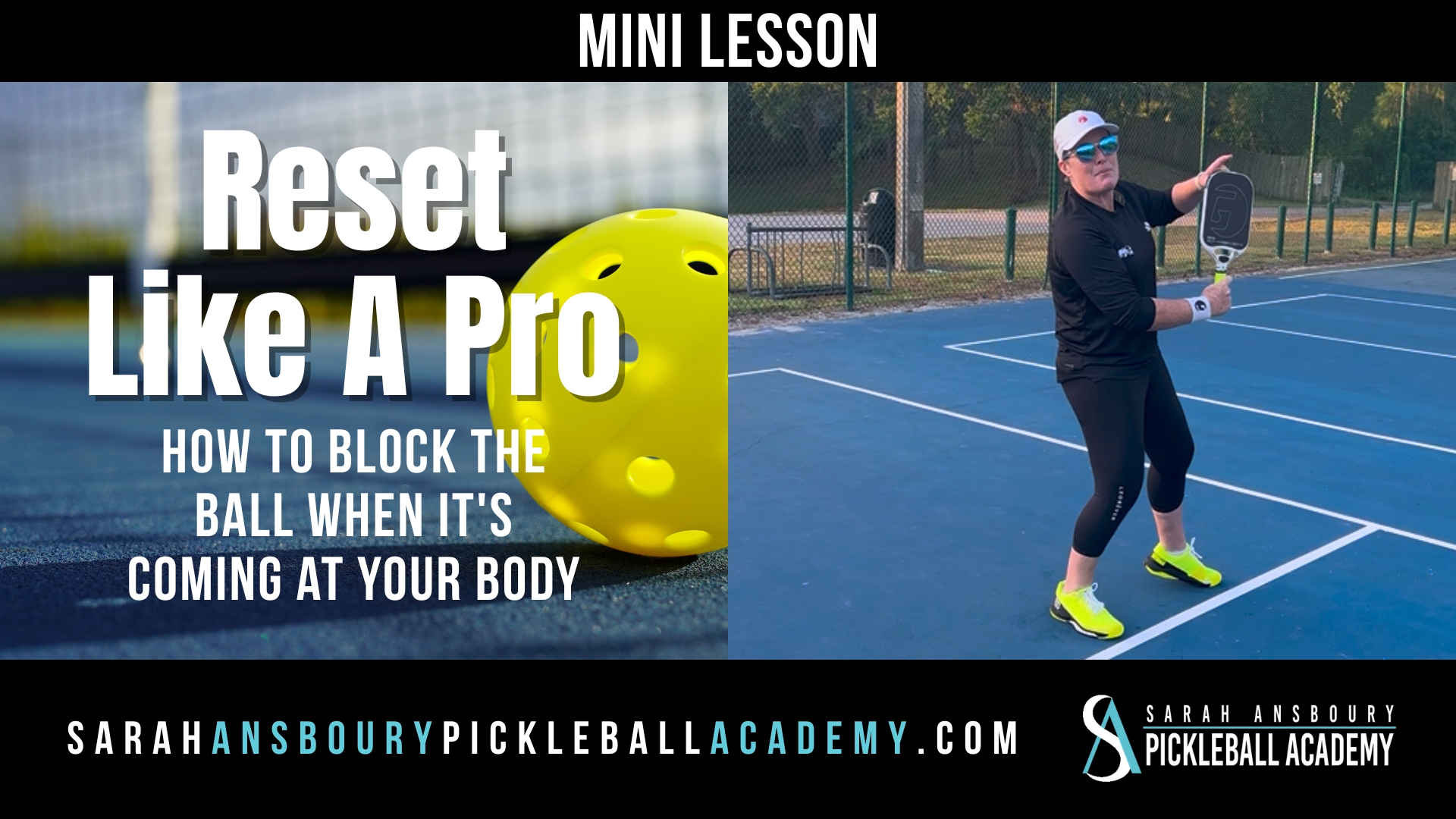What do you do when your opponent is overpowering you?
In this week’s video I cover how to prevent getting in the situation of continuous blocking and show you an offensive strategy that will take your opponents ability to BANG out of play…
What do you do when your opponent is overpowering you?
In this week’s video I cover how to prevent getting in the situation of continuous blocking and show you an offensive strategy that will take your opponents ability to BANG out of play…
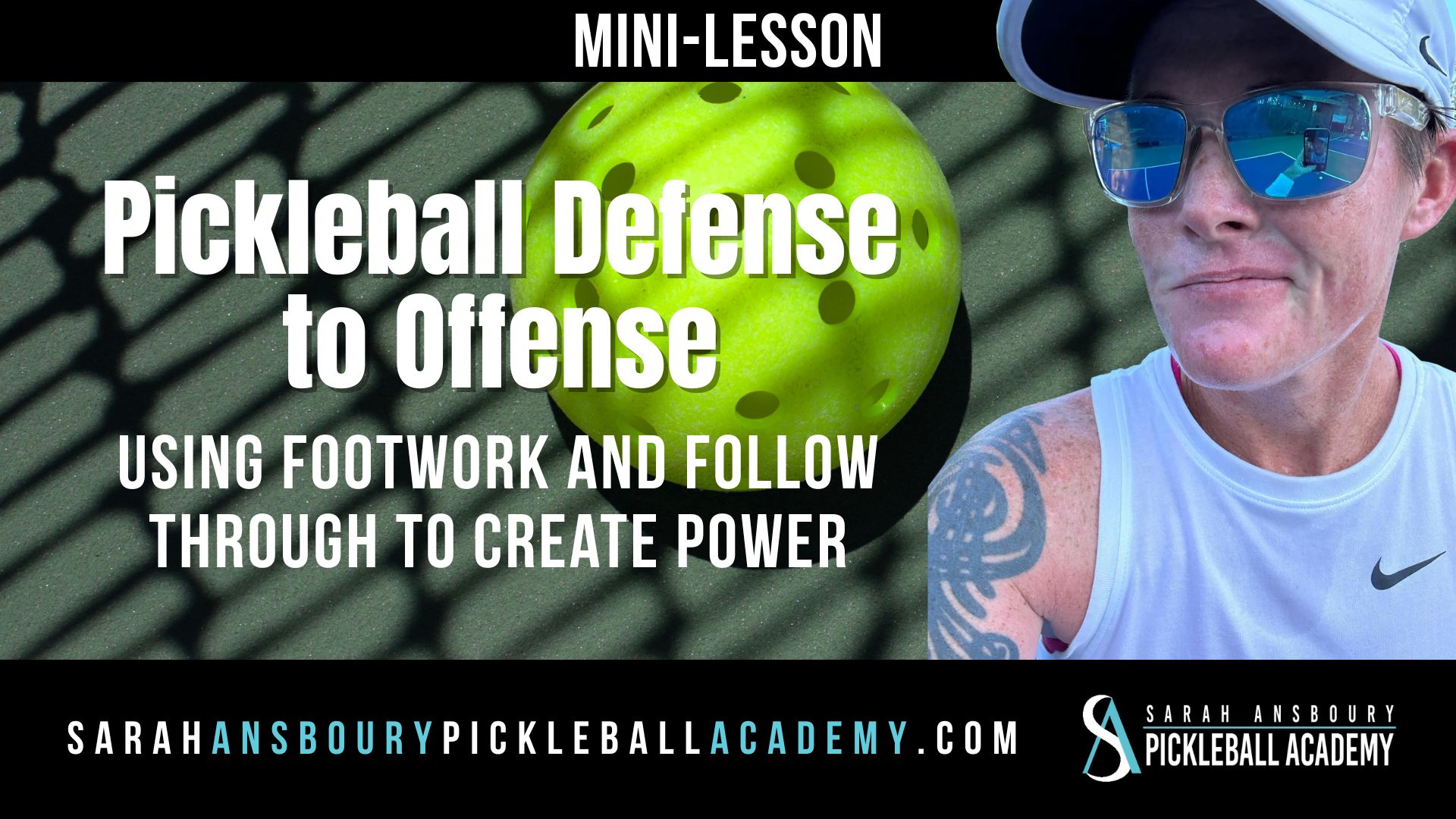
On the pickleball court, your follow through isn’t just about finishing the shot—it’s a key to generating acceleration, creating topspin, and transitioning from defense to offense. Let’s break this down with a simple yet powerful visual and drill that will help you elongate your shot and unlock more power from
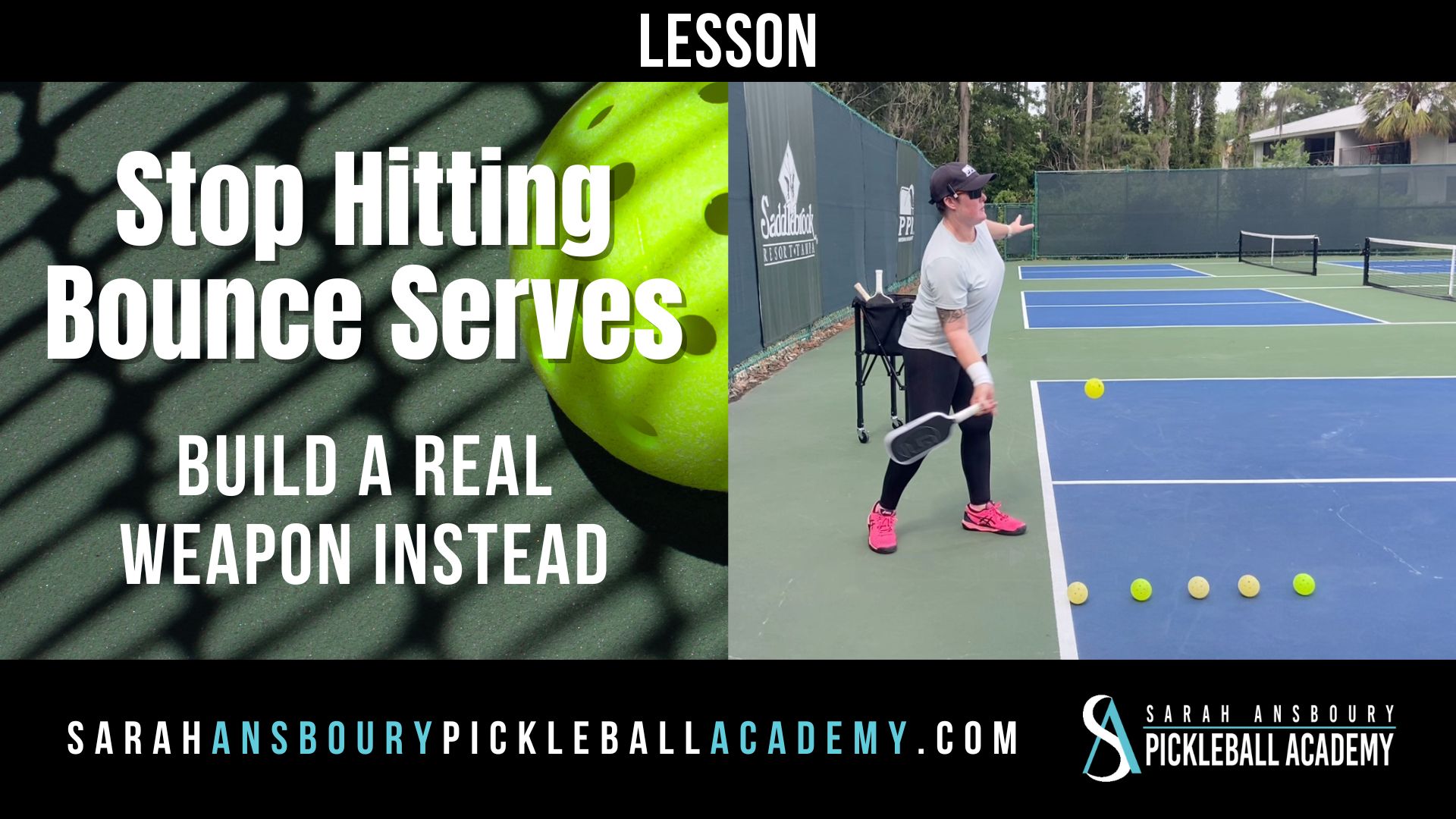
If there’s one shot I see under-practiced across the board, it’s the serve. Yet your serve is the foundation of your entire game. It’s your opportunity to start the point on your terms, generate pressure, and even win some free points. But too often, players treat it like a formality—just

The “around the post” shot, or ATP, used to be a rare move—especially in the women’s game. I remember when I started playing, it was almost never used. Now, it’s a staple. And honestly, it’s not as difficult as people think. Here are my top three tips to help you
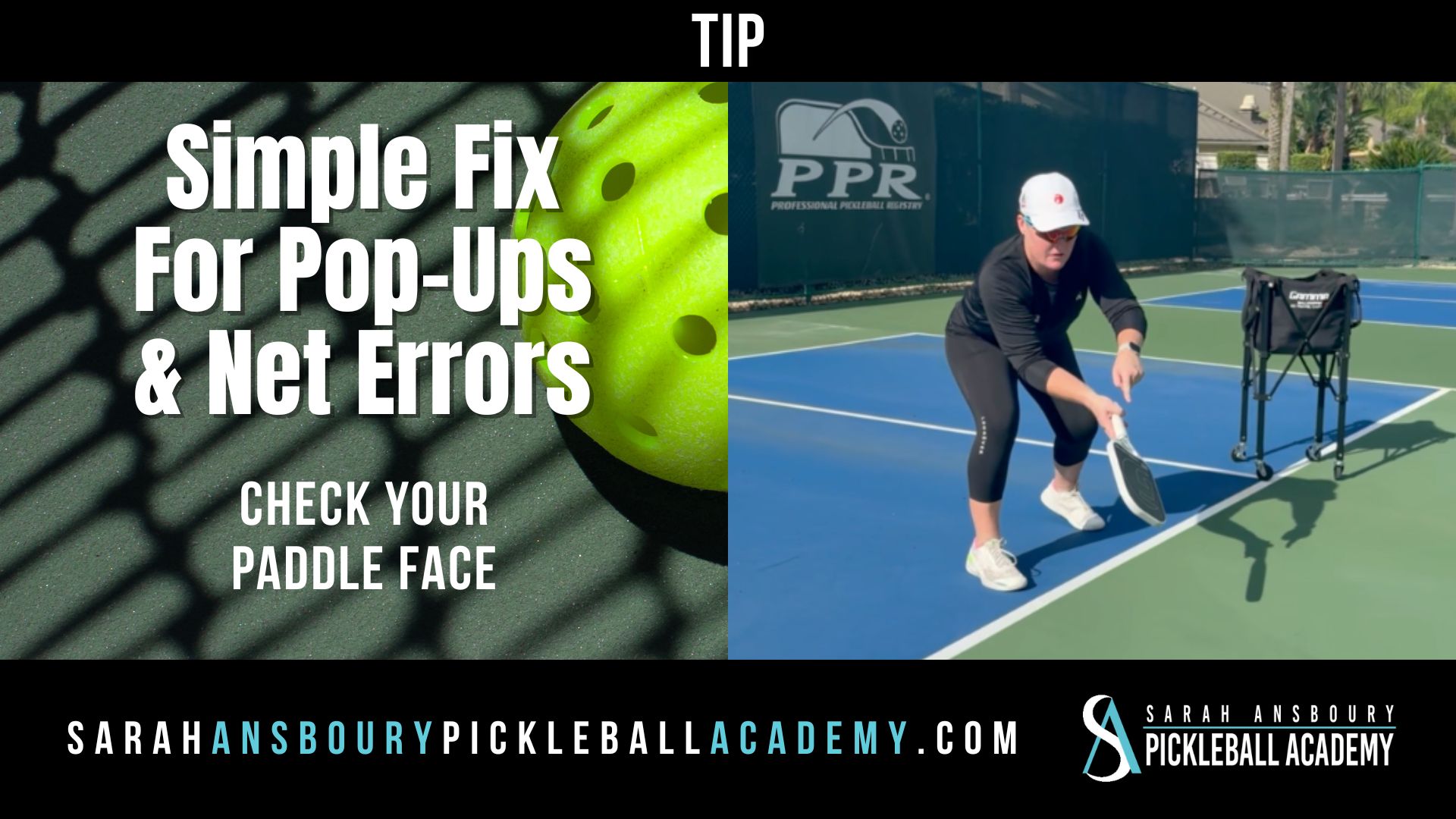
Are you struggling with popping the ball up—or driving it straight into the net? Before overhauling your technique or switching paddles, let’s focus on something simple: your paddle face. This might be the most straightforward fix you can make, and it starts with understanding how your paddle angle affects the
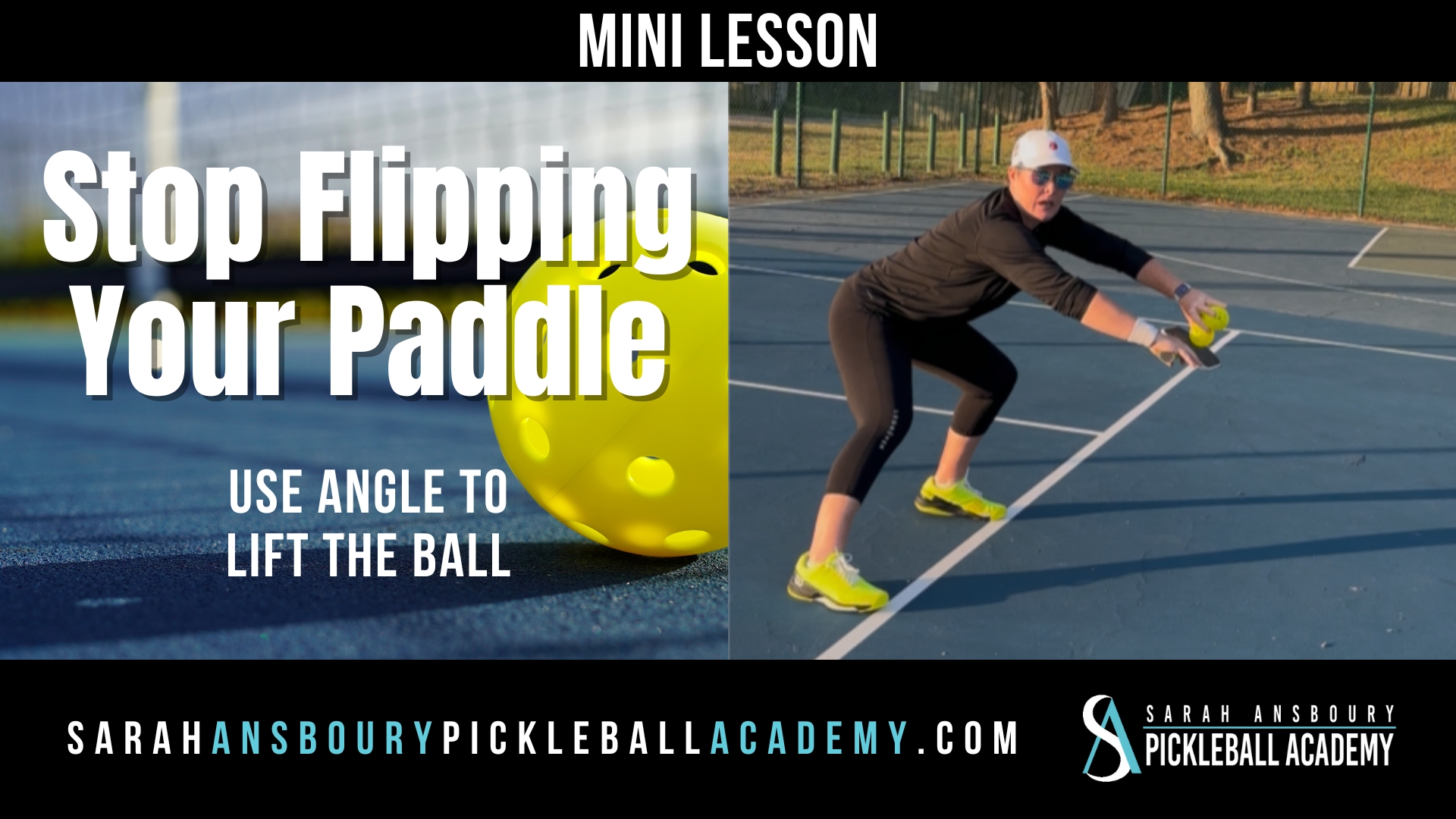
Today, I want to talk about something I see all the time—players flipping their paddle to roll the ball, especially when it’s dropping below net height. I get it. I want to do it too. But here’s the deal: most of the time, that move gets you in trouble. What’s
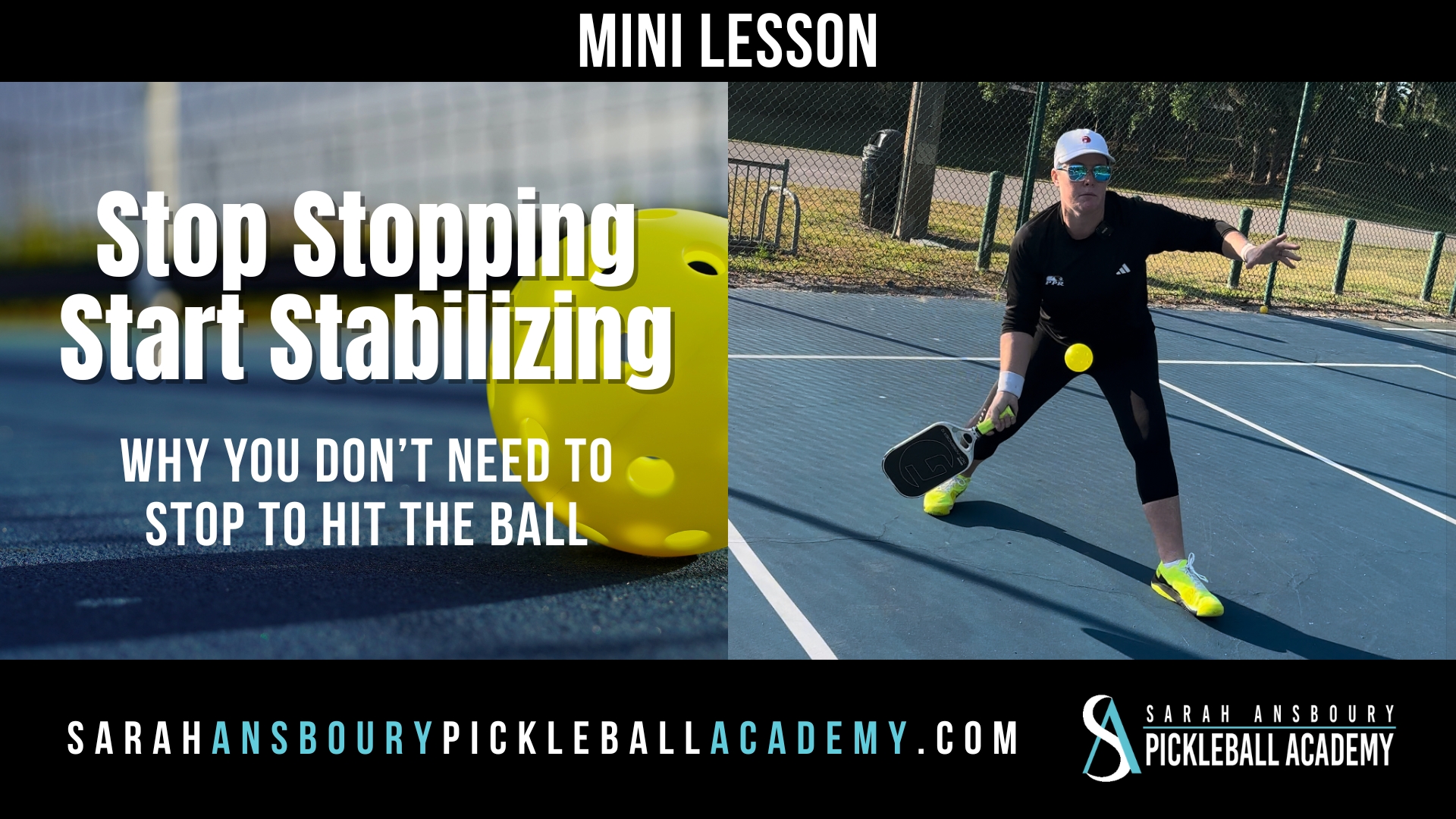
Let’s bust a myth that drives me a little bit crazy—this idea that you have to stop moving to hit the ball. It’s simply not true. What you really need is stability, not stillness. Stop Stopping—Start Stabilizing A lot of the time, players feel like they have to stop because






